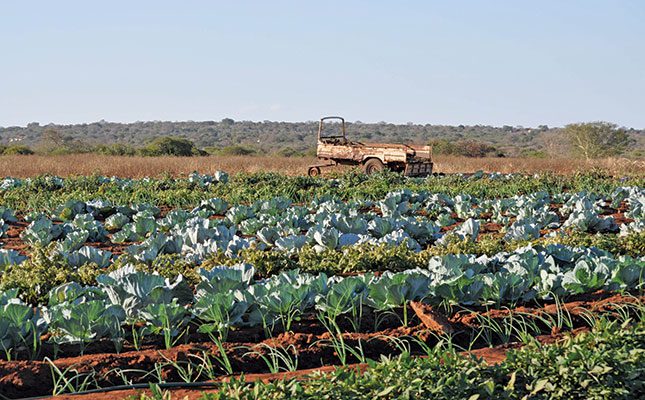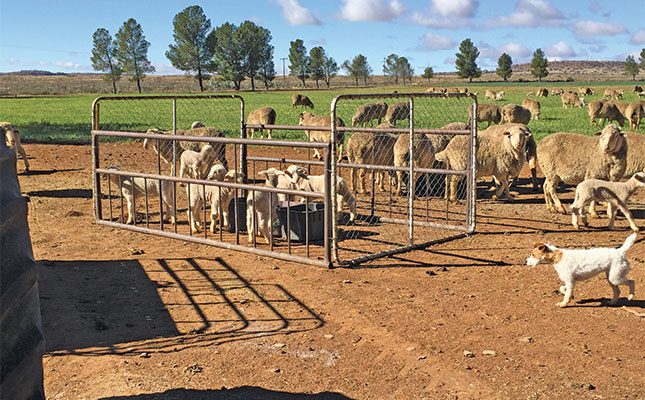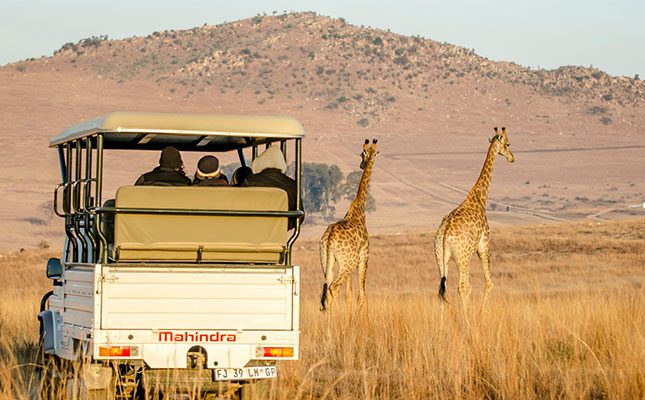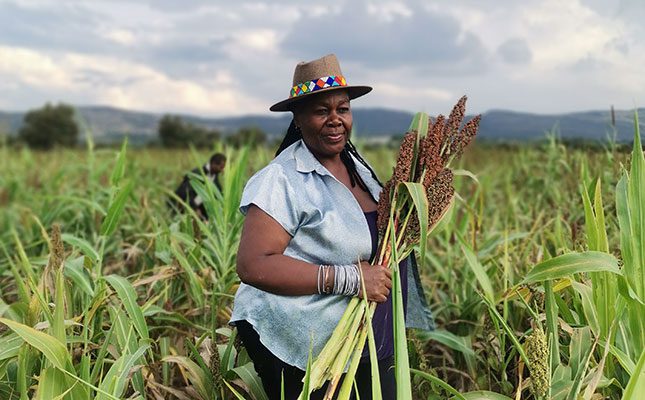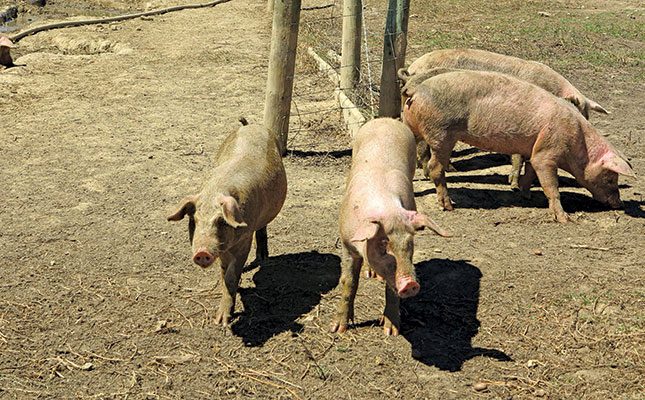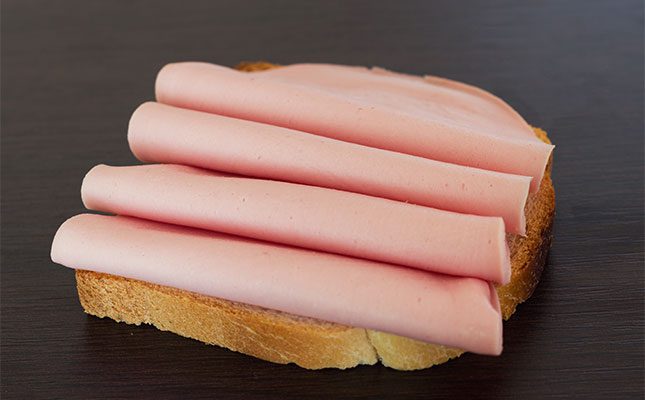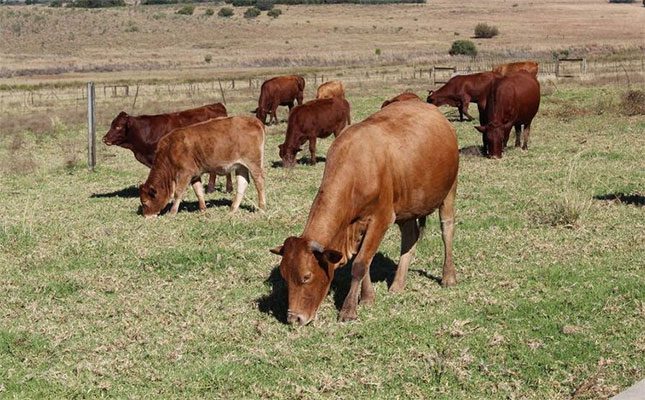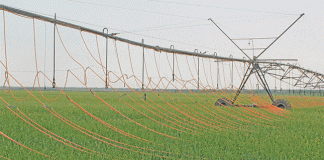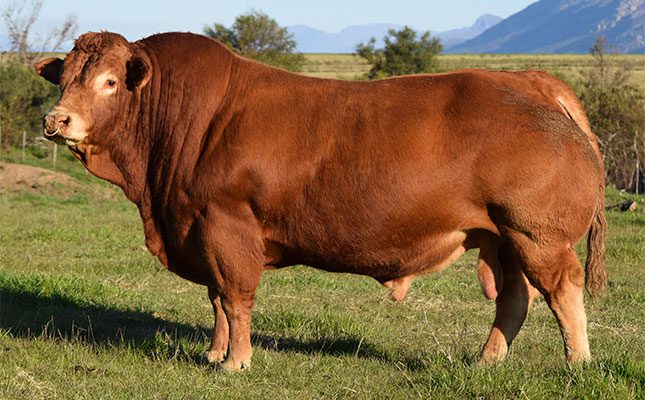
Photo: Llimousin cattle breeders’ society of Southern Africa
A key objective of the Limousin Cattle Breeders’ Society of Southern Africa (LCBSSA) is to make tools and sources of information available that will enhance the breeding decisions of all users of Limousin genetics.
A bull’s myostatin (MSTN) status, used in conjunction with wider information, such as estimated breeding values (EBVs), enables informed breeding decisions.
The function of the MSTN gene
The MSTN gene is a single gene that is present in the DNA of all vertebrates. It is responsible for producing the MSTN protein, where ‘myo-’ means muscle and ‘-statin’ means stop.
This protein plays a key role in regulating muscle growth and development, ensuring balanced muscle formation and preventing excessive muscling.
An MSTN gene that functions normally inhibits growth. A mutation in this gene reduces its ability to inhibit the multiplication of muscle fibres, which can result in an increase of the size or number of muscle fibres.
There are nine well-documented variants of the MSTN gene in cattle, of which some are breed-specific, while others are found across multiple breeds.
Of these, six are ‘loss of function’ mutations, which means they deactivate the MSTN gene, leading to muscular hypertrophy (larger muscle fibres) and hyperplasia (more muscle fibres).
To understand MSTN, it is important to know the terms ‘homozygous’ and ‘heterozygous’.
The MSTN gene comes in pairs, with each animal inheriting one copy from its sire and one from its dam. An animal that inherits two identical copies of the gene is referred to as homozygous and can only pass on that gene to its offspring.
An animal that has inherited one copy of the gene is referred to as heterozygous (see infographic). 
Main variants
There are three main MSTN variants: F94L, nt821, and Q204X. The F94L gene causes a partial loss of function in the MSTN protein and leads to an increase in the number of muscle fibres found in cattle that carry this gene.
This results in an increase of muscles, or more meat and a higher meat-to-bone ratio without any association with increased calving difficulty or lowered fertility, as seen with other MSTN variants.
Studies indicate that 99% of all Limousin cattle carry at least one copy of this variant. Due to its high prevalence, the majority of animals within the breed are homozygous, carrying two copies of the F94L gene. 
The impact of the F94L gene in the Limousin breed is considered to be a moderate increase in muscularity and should not be mistaken for the ‘double-muscling’ effect caused by other MSTN variants.
This genetic trait has played a significant role in shaping the breed’s characteristics and is a key factor in its commercial success.
The nt821 and Q204X mutations result in a complete loss of function of the MSTN protein, leading to increased muscle fibre size in affected animals. Heterozygous carriers of these mutations tend to exhibit greater loin depth, reduced fat content, and improved conformation compared with non-carriers.
However, studies suggest that heterozygous animals may also have a higher risk of calving difficulties and lower milk yields.
The LCBSSA prohibits the import of Limousin genetics carrying the nt821, Q204X, or any other less desirable MSTN variant. Anyone who purchases Limousin cattle registered with the association can be confident that their newly acquired animals will carry the F94L gene and are free of the nt821 and Q204X variants.
The benefits of F94L
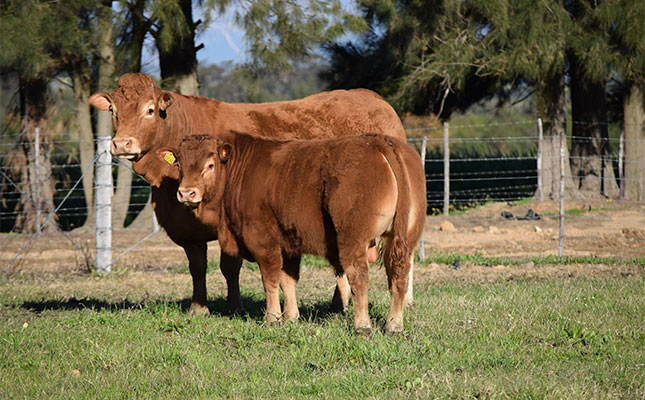
Meat yield. The carcasses of homozygous F94L-carrying cattle have a dressing percentage of 65% to 70%, significantly higher than that of cattle lacking this trait.
This increased yield is the result of enhanced muscle mass, reduced body fat, lower bone density, and smaller internal organs – yielding up to 19% more meat than cattle lacking the gene.
Research conducted by an Adelaide University group led by Dr Wayne Pitchford, and adapted by the LCBSSA, has clearly documented the effects of F94L on Limousin cattle (see table).
Homozygous animals demonstrate up to a 19% increase in prime cut weights and 8% improvement in overall retail beef yield.
Meat quality is also generally superior in these animals, with greater tenderness, reduced fat content, and a higher proportion of polyunsaturated fats, contributing to a leaner and more desirable product.
Even heterozygous animals carrying a single copy of the F94L gene display these beneficial traits, albeit to a lesser degree. 
Feed efficiency. Cattle that are homozygous for this gene consume the same amount of feed as those without it, yet they produce significantly more beef. This makes them highly feed-efficient, maximising meat production without increased feed intake. The F94L gene is often called the ‘profit gene’, because it naturally enhances meat yield per carcass.
The disadvantages of F94L
There is no disadvantage associated with the F94L MSTN variant, such as birthweight problems, calving difficulties, reduced fertility, or milk yield issues, which are sometimes linked to other MSTN variants like nt821 and Q204X.
The benefits of crossbreeding
When crossbreeding with Limousins, the progeny will inherit one copy of the F94L gene and will typically show a 9,5% increase in silverside weight and eye-muscle area, a 4% higher retail beef yield, a 3% improvement in loin muscle tenderness, and a 5,5% increase in silverside tenderness.
This underscores the advantage of incorporating Limousin genetics into any beef herd as it enhances meat quality and yield.
Testing for MSTN
MSTN testing is now more accessible and affordable. The LCBSSA recommends that breeders facilitate genetic parentage confirmation through the society, which coordinates testing with the Livestock Registering Federation.
The Neogen GGP Bovine 100K Genetic Test is conducted in Scotland. Breeders have the option to request a parentage test only or a comprehensive single nucleotide polymorphism (SNP) test, which includes MSTN testing.
Using MSTN information when buying a bull
Knowing the genotypes of breeding stock helps stud and commercial producers to select breeding animals for the best possible outcomes.
An MSTN genotype provides additional information that may assist in decision-making, but should be considered alongside broader data, such as EBVs.
EBVs integrate actual performance data from the animal, its herd-mates, and its relatives to predict genetic merit. This, combined with the producer’s own assessment of type and pedigree, will support more informed breeding decisions.
Sources: Aiello D et al. 2018. ‘The myostatin gene: an overview of mechanisms of action and its relevance to livestock animals’. Animal Genetics. bit.ly/4hRkKEX; Haruna IL et al. 2020. ‘Genetic variations and haplotypic diversity in the Myostatin gene of New Zealand cattle breeds’. Gene. bit.ly/4i0e0oz; Madula RA. 2022. ‘The impact of myostatin variants in the South African Bonsmara and Drakensberger beef cattle breeds’. University of Pretoria. bit.ly/4hRsGpO; Ryan CA et al. 2023. ‘Associations between polymorphisms in the myostatin gene with calving difficulty and carcass merit in cattle’. Journal of Animal Science. bit.ly/3FMqzX4; Sellick GS et al. 2007. ‘Effect of myostatin F94L on carcass yield in cattle’. Animal Genetics. bit.ly/4li5PXB; Theron H. 2019. ‘Testing animals for myostatin double muscling’. Stockfarm. bit.ly/4lbaI4y; Vankan DM et al. 2010. ‘Real-time PCR genotyping and frequency of the myostatin F94L mutation in beef cattle breeds’. Animal. bit.ly/3QW6VtZ; Webb E. 2014. ‘Double-muscling and the effects of myostatin alleles on animal production and meat quality’. University of Pretoria. bit.ly/43tIdbW.
For more info visit limousinsa.co.za.


